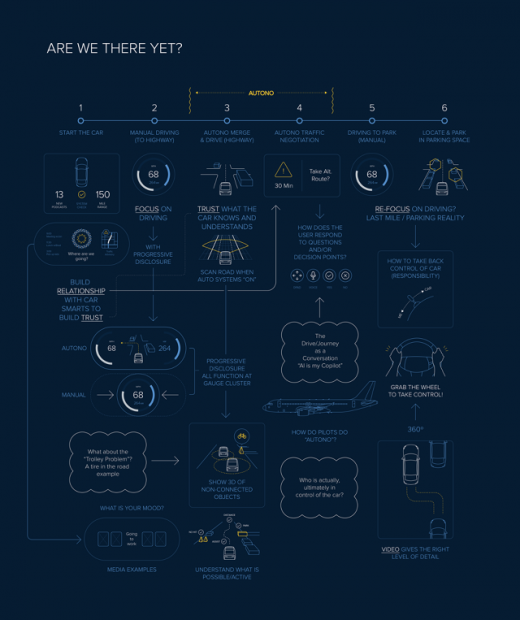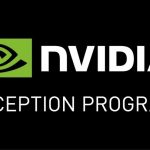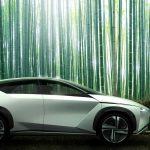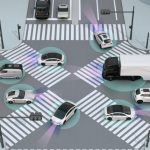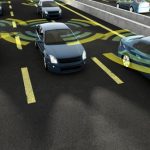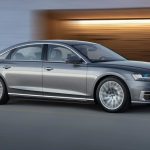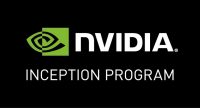How UI/UX Design Will Map the future of Self-riding automobiles
Hyundai and Artefact team as much as exhibit how the driving experience desires to adapt for the way forward for self sufficient automobiles.
October 27, 2015
When Tesla launched a software replace earlier this month that gave its adaptation S electric cars a brand new self-driving AutoPilot mode, Elon Musk cautioned that drivers “will have to keep their palms on the wheel just in case.” With just right cause. just a few days later, version S house owners started out posting videos to YouTube, displaying their Tesla’s veering dangerously and making other atypical choices when using the beta software.
For Artefact, the incident proved three issues. One: cars don’t seem to be able to definitely power themselves. Two: even supposing they were, people don’t seem to be able to trust them but. And three: ahead of drivers are able to absolutely cede keep watch over to their autonomous automobiles, the automobile industry will need to assume lengthy and hard on how design can be used to establish a trusting relationship between individuals and their automobiles. So Artefact partnered with Hyundai to provide you with a UX roadmap of the near-future of semiautonomous autos.
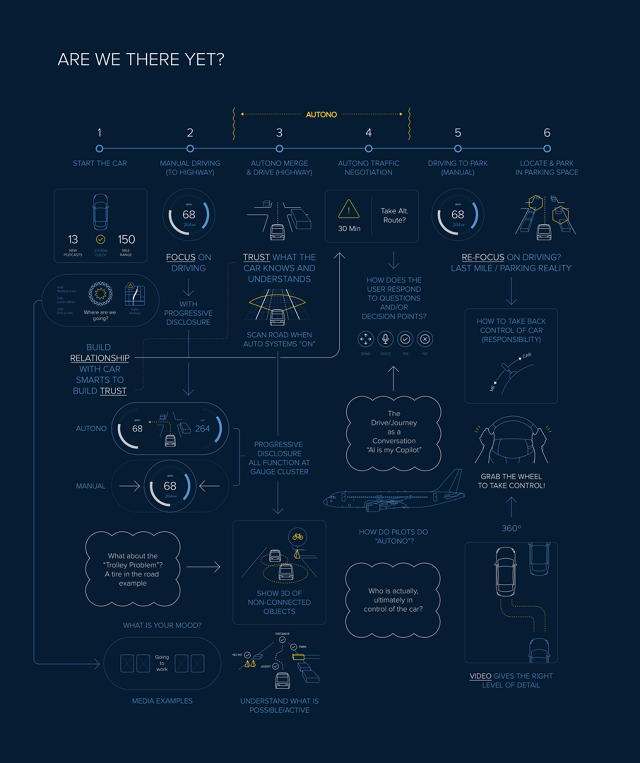
even though the media likes to fantasize a few tech firm like Google or Apple just dropping an absolutely self-using automotive in the marketplace in the following few years, Artefact thinks that is unlikely to occur. They see absolutely independent automobiles as being 20 to 35 years away from mainstream acceptance. in the interim, we can have what Artefact calls semiautonomous vehicles: increasingly more wise cars with restricted self reliant modes that may handle some things, however in order to nonetheless require the user to take the wheel infrequently.
What makes the following couple many years so pivotal to auto manufacturers is that that is the the most important time frame to persuade shoppers that their automobiles can make excellent driving choices, and keep passengers alive. organising that trust will hinge upon new interfaces, new affordances, and new methods designed to transparently be in contact when a semiautonomous automobile does one thing unexpected (and why).
enjoying together with the rules of its UX Roadmap, Artefact imagined a brand new Hyundai flagship semiautonomous car, the Genesis, which might have the ability to power itself. To activate the Genesis’s self sufficient mode, a driver would push the wheel in, literally “handing the wheel” to the car. When this happens, your entire interface adapts, exposing handiest the ideas that’s wanted.
A key aspect of the Genesis idea is as soon as the car is in self-riding mode, the dashboard interface adapts to show a wireframe view of what the automobile sees as it is driving, with doable dangers marked in purple. And if, for instance, the auto needs to all of sudden swerve based on a reckless bike owner, the dashboard would additionally naturally express the the reason is, the Genesis made this choice. in a similar way, if the Genesis must reroute for any motive—say, to keep away from a visitors accident on the highway—a message can be pushed to the dash, explaining why and forecasting a brand new arrival time.
Such transparency is necessary, because because the Tesla Autopilot beta shows, some of the challenges going through semiautonomous vehicles is the algorithms through which they make choices is essentially invisible to the motive force. And in an generation where VW is falsifying performance metrics, invisibility isn’t fashionable right now. If something unexpected happens, the driving force can only speculate what happened. That inscrutability is antithetical to creating trust, Artefact says. that is why an self sustaining vehicle must be transparent about what it sees, what it intends to do, and why. but it is also necessary not to burden a driver with an excessive amount of data, making the speculation of turning over the wheel to the auto intimidating.
another key part to setting up trust is remarks. it will be significant for drivers so to influence their automobile’s decision-making process, in case it behaves in self reliant mode in manner that makes them uncomfortable. as an instance, possibly your automotive knows traffic is unhealthy on the highway you want to take, so it reroutes you down a faster, however a lot bumpier and less scenic road. In an occasion like that, the driver must be capable to provide feedback to the car, asking it to never take that diversion once more, or ask for confirmation of future route adjustments.
In other words, ahead of the automobiles of the long run can grow to be our pilots, they want to show themselves as our co-pilots. consistent with Artefact, which is why the following few years are going to be big for the automotive business, as they slowly test and ideal the design principles to be able to define a way forward for vehicles where human drivers are optional.
which you could read more about Artefact’s case learn about right here.
(84)

